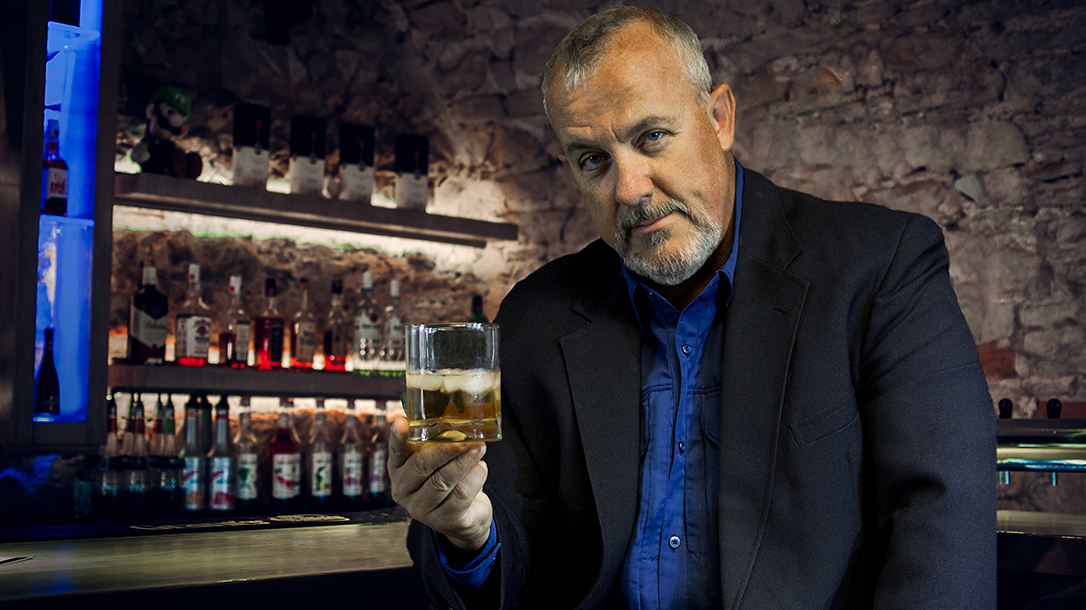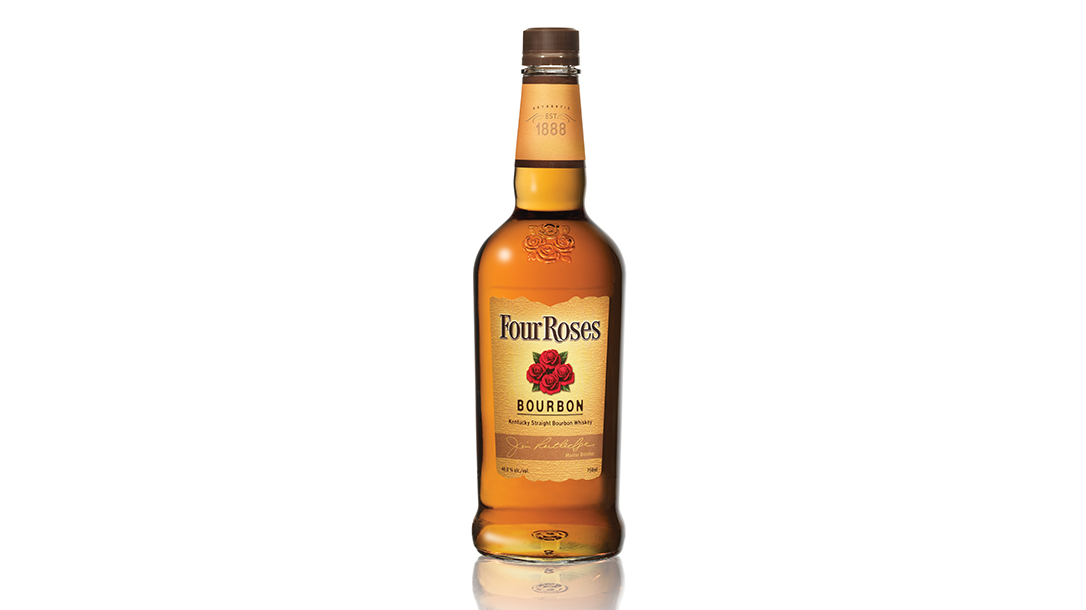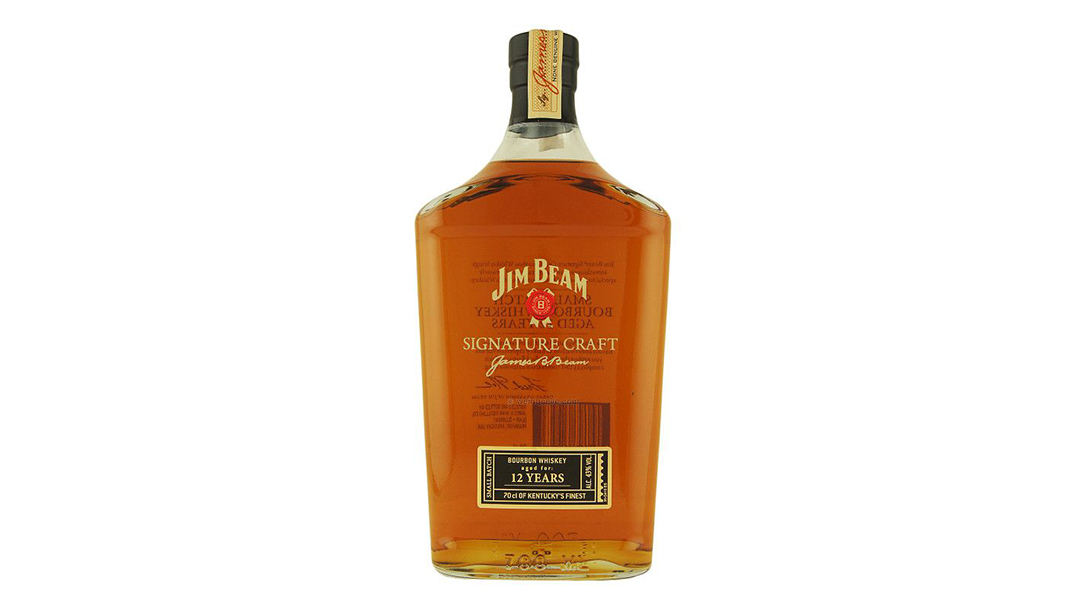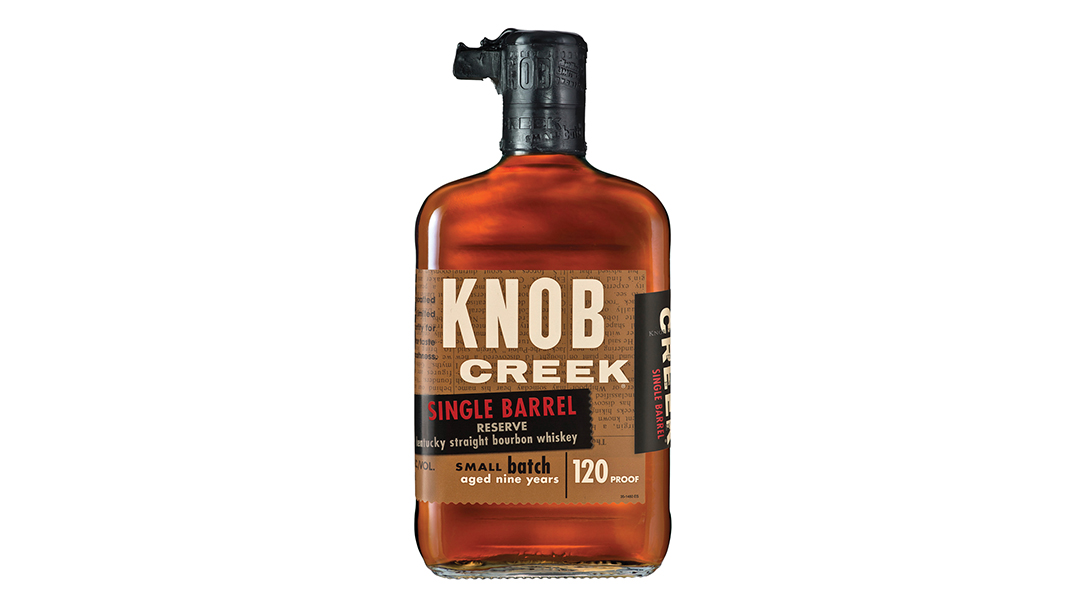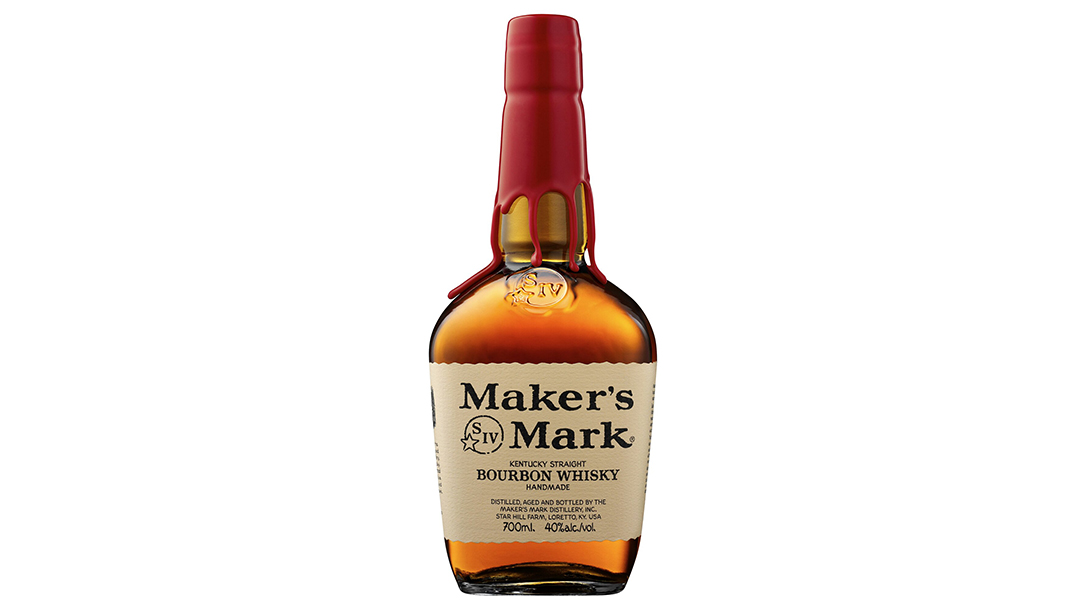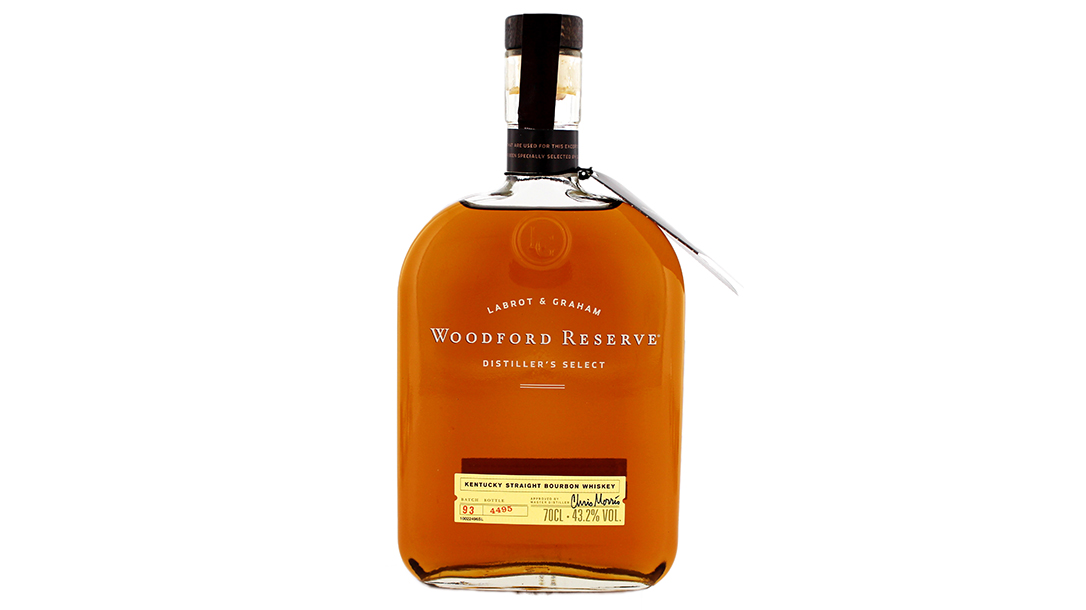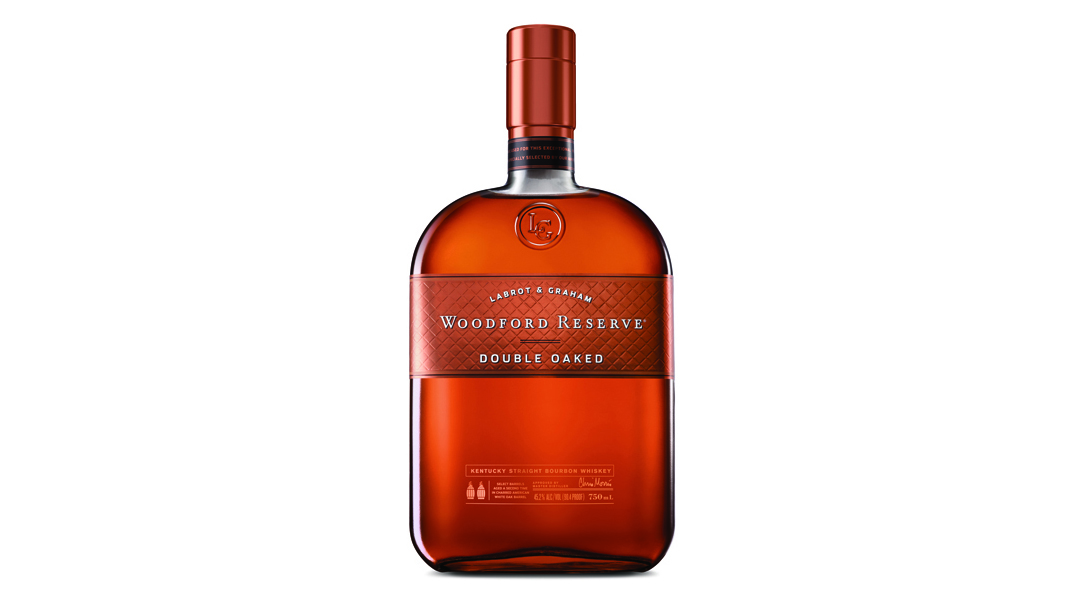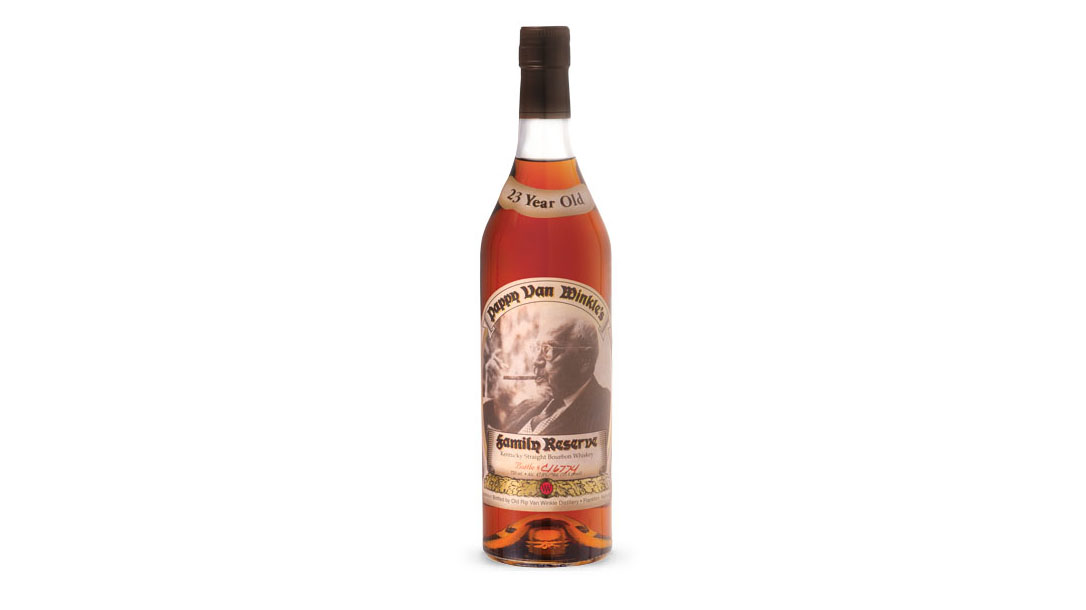In the market for some good bourbon? Scroll through the gallery above for the “Magnificent Seven” — some of the best bourbon you can drink, according to author Fred Mastison.
America’s contributions to the world have been quite incredible: A representative democracy, a manned mission to the moon, Jennifer Anniston and the Internet. Yet there is one more contribution that I believe is far more impressive than all of these combined. It is bourbon.
Advertisement — Continue Reading Below
Yes, that amber nectar that has crossed a billion palates since its inception. While the name is recognizable worldwide, some might not be as well versed in this truly iconic American drink as they should be. So, pull up a stool. Let’s take a look at the real American spirit.
Bourbon Basics
Let’s lay this out first. Bourbon is whiskey, but not all whiskey is bourbon. Bourbon is a type of whiskey with its own special classifications. In fact, the government has stepped in and provided us with an official definition. For anything to be called bourbon whiskey, it must abide by a congressional resolution penned in 1964 that states that bourbon is “America’s native spirit.”
It goes on to set qualifications. Bourbon must be domestically made from a fermented mash of grains of not less than 51-percent corn that is distilled at not more than 160 proof. The remaining 49 percent includes other grains such as wheat, rye, malted rye and malted barley. The only thing that can be added to bourbon is water and only to bring it down to proof. If whiskey makers add colors and flavors to their products, they can’t call their whiskey bourbon. It must then be barreled in new, charred oak barrels at no more than 125 proof before being bottled at no less than 80 proof. To be qualified as “straight bourbon,” it must have been aged for at least two years. There are more details, but I trust your ability to use Google, so I will forgo the inclusion of said rules.
Advertisement — Continue Reading Below
Magic In the Making
The actual process of making bourbon is a mix of science and art. The master distiller takes the grains and usually a bit of the mash from a previous batch and mixes them together. This is called a “sour mash” and helps make a more consistent product. They pitch in some new yeast and then the mix is fermented. Following that, it is moved off to a column still, also known as a continuous still or a Coffey still. Most makers will double distill their product. The whiskey that comes off the still is actually clear in color. Bourbon gains its color and much of its flavor from barrel aging.
As the whiskey sits in oak barrels, it absorbs flavor and color. While this seems pretty straightforward, the art behind this process is what separates smooth bourbon from an elixir better suited to paint removal.
A well-made bourbon is a treat for the senses. The center of gravity for bourbon is the great state of Kentucky. The Bluegrass State produces 95 percent of the world’s supply of whiskey. In 2010, the American whiskey industry sold 15.4 million cases of happiness with a whopping $1.9 billion in revenue. International sales have exploded as well with a growth rate of 286 percent in France alone. Yes, France. Companies are expanding, and whiskey tourism in Kentucky is booming. Over the last five years, they have seen nearly 2 million people visit the Kentucky Bourbon Trail. In short, Kentucky and the U.S. are king of the hill in this arena, and there is no sign of that ever changing.
Advertisement — Continue Reading Below
Make Mine Neat
I know you weren’t expecting a chemistry lecture, so let’s get down to the important items. How do I drink bourbon without looking like a complete rookie?
First off, know that bourbon can make a great base for a variety of mixed drinks. Classics include the Manhattan, Old Fashioned and whiskey sour. Some mixes can be much more exotic and include orange juice, soda and even a touch of a liqueur in some cases. Experimentation is highly encouraged, though I am personally a fan of enjoying whiskey in its natural state.
Advertisement — Continue Reading Below
I am drawn to those that require no window dressings. While they can be good building blocks for an exotic cocktail, they are quite delicious all by themselves.
A true whiskey purist will order their drink “neat,” which means it is at room temperature and without ice. Like scotch, you may want to add a few drops of water to the whiskey to “open up” the aroma and flavor of the bourbon.
You may also from time to time hear someone say they are pouring a “finger” or two. This is quite simply a whiskey culture measurement of how much you are going to pour into a glass. It is generally considered to be about three quarters of an inch or so.
Advertisement — Continue Reading Below
OK, now look me in the eyes and listen to what I am saying: Fine bourbon is not for chugging. If you are looking for fuel for your next frat brother shot-chugging challenge, I suggest a fine plastic bottle of Mr. On-Sale whiskey. Fine whiskey is like a beautiful woman. It should be respected and savored. Life is full of rushing and shortcuts. Let a glass of bourbon give you a break from that. Enjoy the event. Inhale the aroma and enjoy the moment.
Tasting & ‘Support Gear’
Depending on the maker, you may pick up a gentle smokiness, molasses or even vanilla in your bourbon. In fact, you should choose a glass that helps this process. I suggest a Glencairn glass. This is a curved glass typically used for scotch. Don’t have one? No problem, a rocks glass with a similar, slightly tapered shape will also do the trick.
Essentially, you want to focus on the aroma. Take small sips and let it roll around on your tongue. You will pick up a variety of flavors ranging from lemon and apricot to earthier tones like grass or oak.
Advertisement — Continue Reading Below
If neat doesn’t sound so neat, you can also add ice to the bourbon to help take the heat off. I would suggest that you use a single piece of solid ice as opposed to a collection of refrigerator cubes, though. These tend to melt quickly and dilute your drink.
There is no shortage of companies making what I call “whiskey support gear.” One product in this arena are silicone molds that allow you to freeze dedicated balls or squares of ice for your beverage. These will melt much slower and do a good job of chilling the bourbon.
The Best Bourbon
Choosing the right bourbon is important. If you find yourself clinching your fists with your eyes rolling back into your head as you drink your bourbon, you’ve probably chosen poorly. To help you avoid this spasm nightmare, I’ve offered up what I call “the magnificent seven.” This is a good variety of bourbon that should fit any pallet. Check out the gallery above for my list!
Advertisement — Continue Reading Below
Bourbon is a truly American product—one that can offer a fantastic drinking experience. As with all the finer things in life, it should be slowly enjoyed and savored. Fine bourbon can offer you a relaxing moment in a chaotic and hectic life. It is a reminder that life is meant to be enjoyed. What better way than with a finger or two of some American spirit?
This article is from the spring 2018 issue of Ballistic Magazine. To subscribe or purchase individual copies, please visit OutdoorGroupStore.com.
